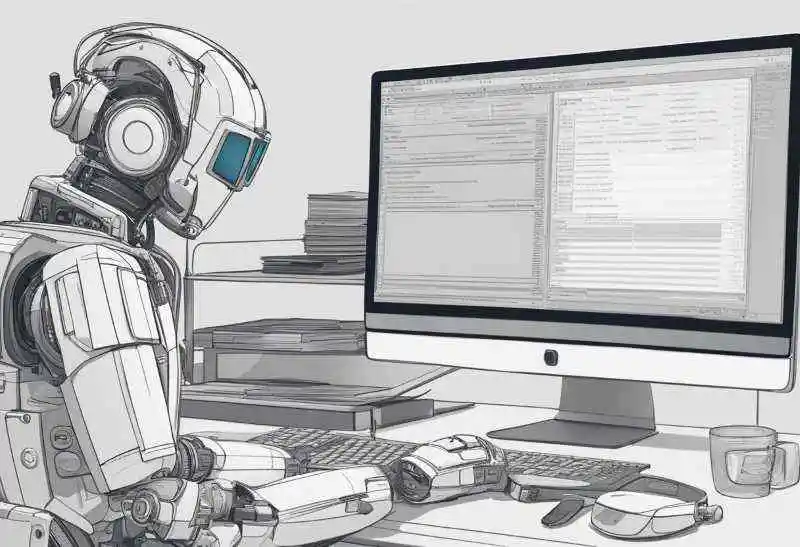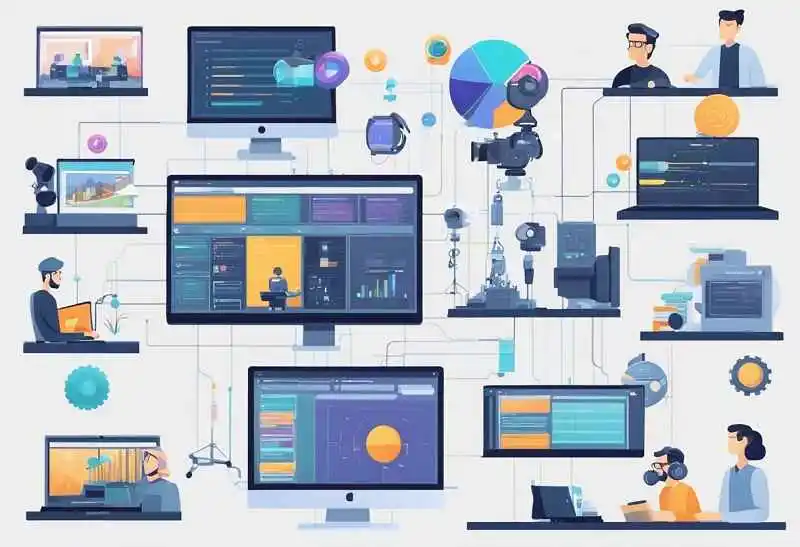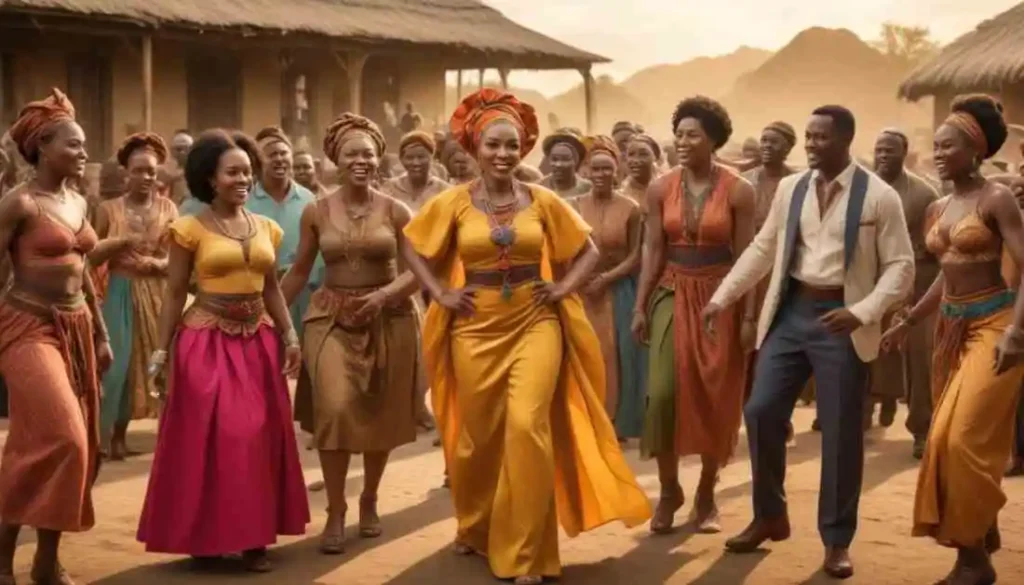
Before we needed cameras, scripts, actors and location to record a movie. However, today with AI, you can generate the same video with a text prompt. AI Filmmaking is here to stay.
In part one of this post, we examined the emergence of AI Filmmaking and how it is impacting the film workflow, pre-production in particular.
We described AI as the magic carpet for sky-high success in filmmaking. Do you agree with this flattering observation? Do you consider the changes AI is bringing to filmmaking mind-blowing or nothing out of the ordinary? Please share your thoughts with us in the comment section.
Read Part One here.
In this installment we will explore in summary, the use of AI Post-Production.
AI In Post-Production

In the past, we made videos the ‘traditional’ way, That is by filmming it and working on the content as required. But the workflow is changing. Now with AI, you can generate any video by providing a story in the form of a script.
Script-to-video AI generators have made the process of video production and post-production easier than ever while saving production costs and time.
With zero video skills, anyone can type a text prompt and generate video or audio content.
All you need is an Idea. AI can help you flesh it out, generate a full script and create the video. Furthermore, it will handle your voice over narration, music score, color grade and subtitle.
Platforms like Runway ML, Midjourney, Leonardo, Sora, Pixverse, Pika, Hairper, Invideo, Fliki and many others are redefining the whole concept of video creation and post-production.
AI In Editing and Compositing

Here are some of the ways AI is revolutionizing the post-production process.
AI-powered editing software can analyze raw footage and suggest edits based on the content’s emotional tone, pacing, and other factors.
This technology can also help editors to cut down on post-production time by automatically identifying and removing unusable clips. AI compositing tools can also be used to merge multiple elements into a seamless final image, such as adding special effects or replacing green screen backgrounds.
AI in VFX (Visual Effects)
AI technology has also revolutionized visual effects in post-production. AI algorithms can create realistic simulations of natural phenomena like fire, water, and smoke. They can also be used to enhance existing visual effects, such as improving the accuracy of motion tracking or removing unwanted objects from the frame.
AI in Music Score and Sound Design
Worried about your soundtrack? Let AI take charge. You can generate soundtracks and music compositions across genres with speed and originality. This technology can also be used to automatically mix and master audio tracks, saving time and improving the overall sound quality.
AI-powered software can analyze the emotional tone of a scene and suggest appropriate music and sound effects to enhance the viewer’s experience.

READ ALSO: The Best screenwriting software to craft a compelling story
AI in Animation and CGI
AI and Character Animation
Character Animation in filmmaking is no longer the same. Kudos to AI. It has revolutionized the process and quality of output. With AI, animators can create characters that are more lifelike and expressive than ever before.
AI-powered software can analyze facial expressions and movements to create more realistic animations. This technology uses machine learning algorithms to teach the software how to recognize and replicate human emotions and movements.
Animators can now create more complex movements through the use of AI. Such movements may be impossible or difficult to achieve manually.
For example, AI can simulate the physics of hair and clothing to create more realistic movements. It can also create more natural-looking movements for creatures and animals that are not based on human anatomy.
AI In Computer Based Environment Creation
AI is also transforming the way environments are created in films. AI-powered software can generate 3D environments quickly and efficiently.
The technology can analyze real-world environments and use that data to create realistic virtual environments. AI can also generate landscapes and cityscapes that would be difficult or impossible to create manually.
Through the use of AI more lighting and shadows in virtual environments can be enhanced. The technology can analyze real-world lighting conditions and replicate them in virtual environments. Creating a more immersive experience for the viewer.
AI And Rendering Techniques
AI is also changing the way films are rendered. AI-powered software can render scenes more quickly and efficiently than traditional rendering techniques. This technology uses machine learning algorithms to predict how a scene will look before it is fully rendered. This allows filmmakers to make changes and adjustments more quickly.
With AI you can create more realistic visual effects. For example, AI can analyze real-world physics and use that data to create more realistic explosions and other effects. AI can also generate more realistic textures and materials for objects in the scene.
Overall, AI is transforming the way films are created. From character animation to environment creation to rendering techniques, AI is making filmmaking more efficient and more realistic than ever before.

Conclusion
AI technology is transforming the post-production process of filmmaking, making it faster, more efficient, and more creative. With the continued development of AI algorithms and tools, we can expect to see even more exciting advancements in the future.
What are your thoughts about tools listed above? Have you created a trailer, advert or movie with AI? Share your comments below.
In our final section, we will look at the role of AI in film marketing and distribution.





